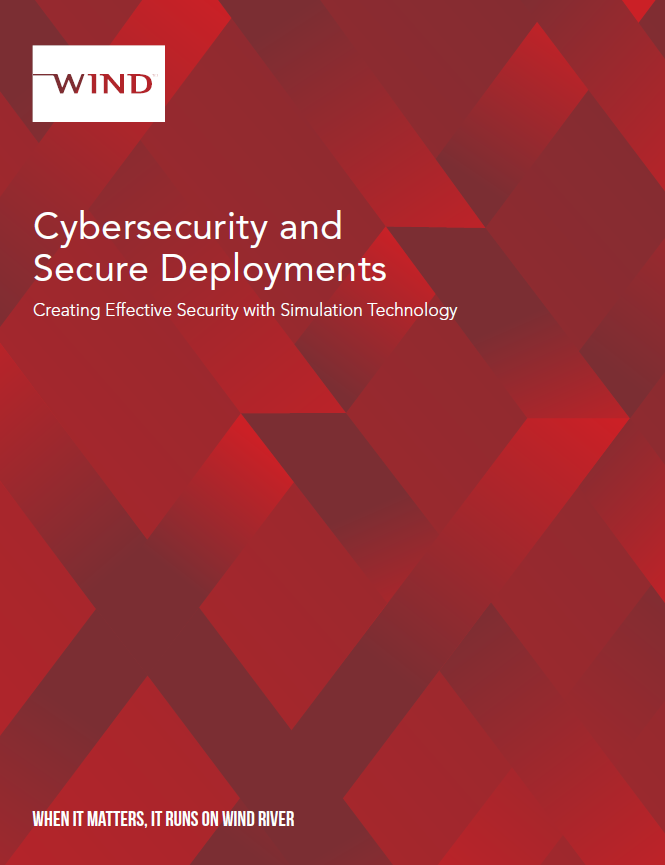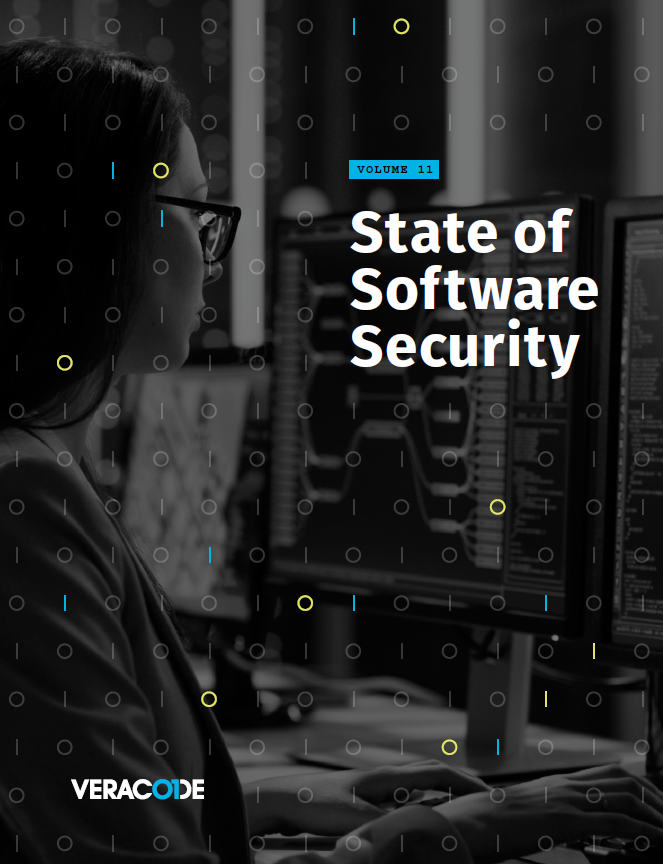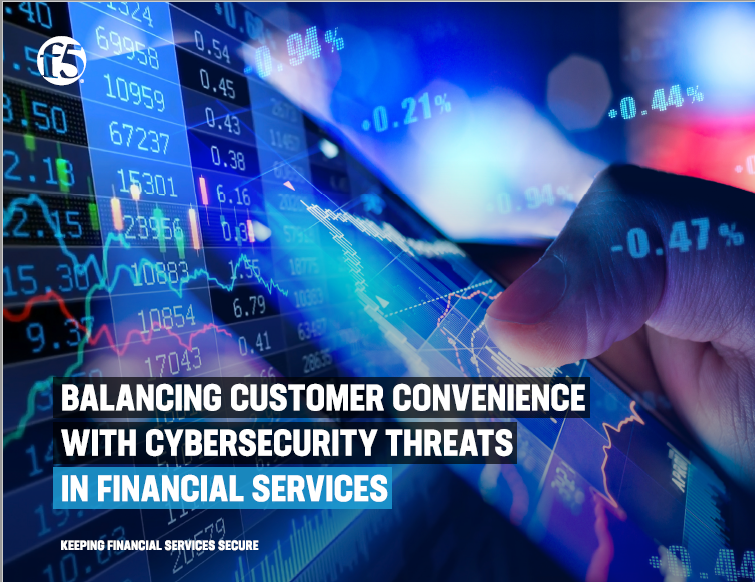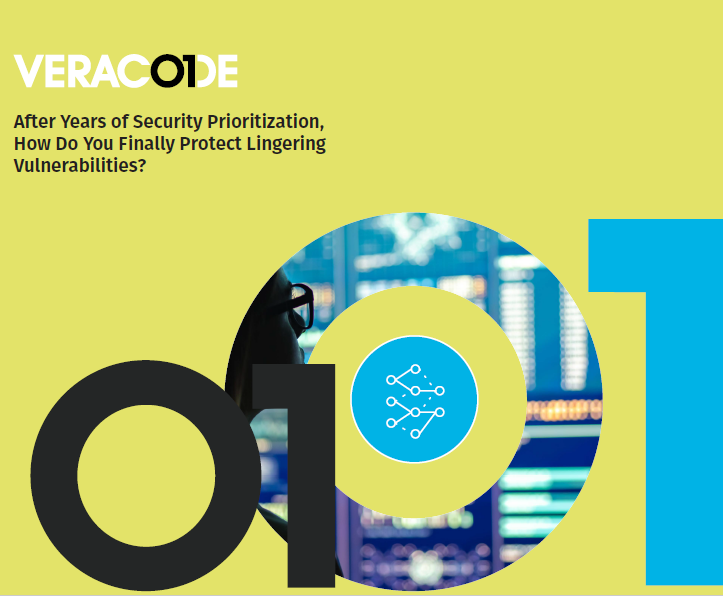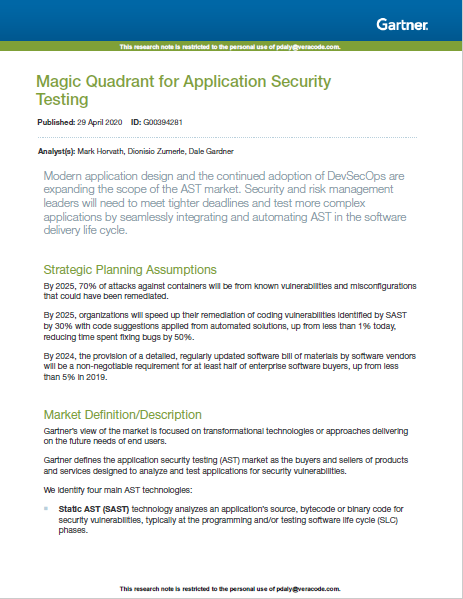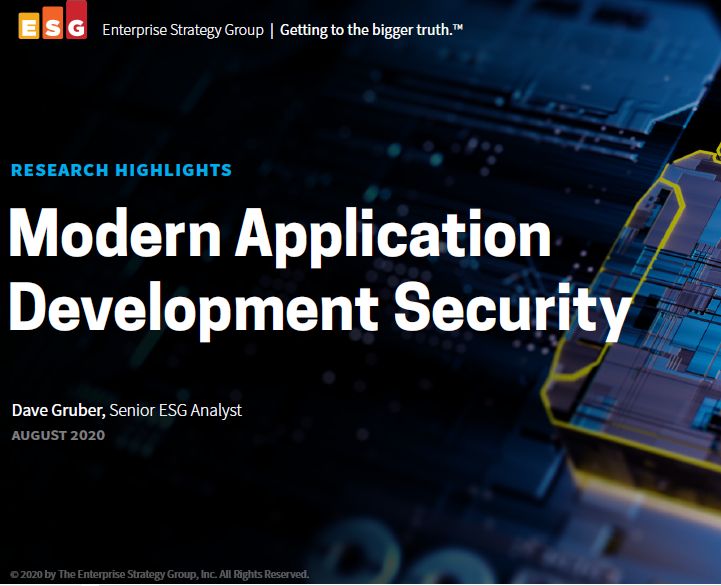Cybersecurity and Secure Deployments
Cybersecurity and secure software deployment are issues that cut across multiple sectors— aerospace, defense, energy, critical infrastructure, industrial automation, medical devices, telecommunications, and more. What these disparate sectors have in common is that a malicious, network-borne intrusion can cause untold damage, whether financial or physical, and even threaten human safety. Fortunately, there are security-strengthening techniques
